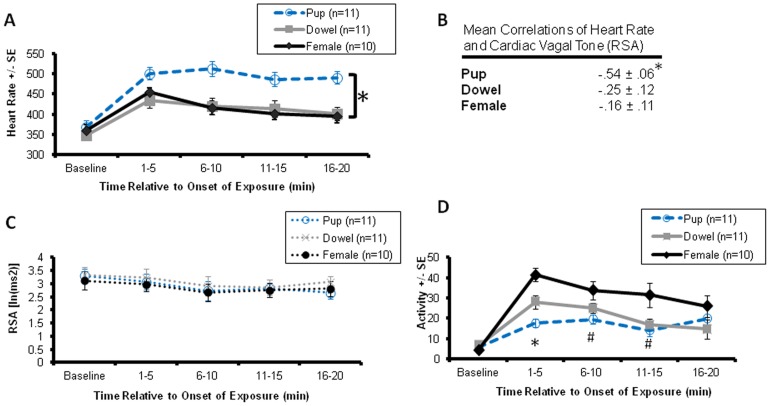Figure 1. Respiratory sinus arrhythmia (RSA) is maintained and heart rate increased during alloparental behavior which is not explained by locomotor activity.
(A) Heart rate during exposure to social (pup, female) and non-social (dowel) stimuli yielded main effects of stimulus and time, with the pup condition generally highest. (B) The correlation between heart rate and RSA during exposure was highest in the pup condition. (C) There were no effects on RSA other than a main effect of time. (D) Locomotor activity yielded main effects of stimulus and time as well as an interaction between stimulus and time. * indicates the effect of stimulus, such that both the dowel and female stimuli were significantly different than the pup condition (p<0.05), # difference significant only between the female and pup groups (p<0.05).

